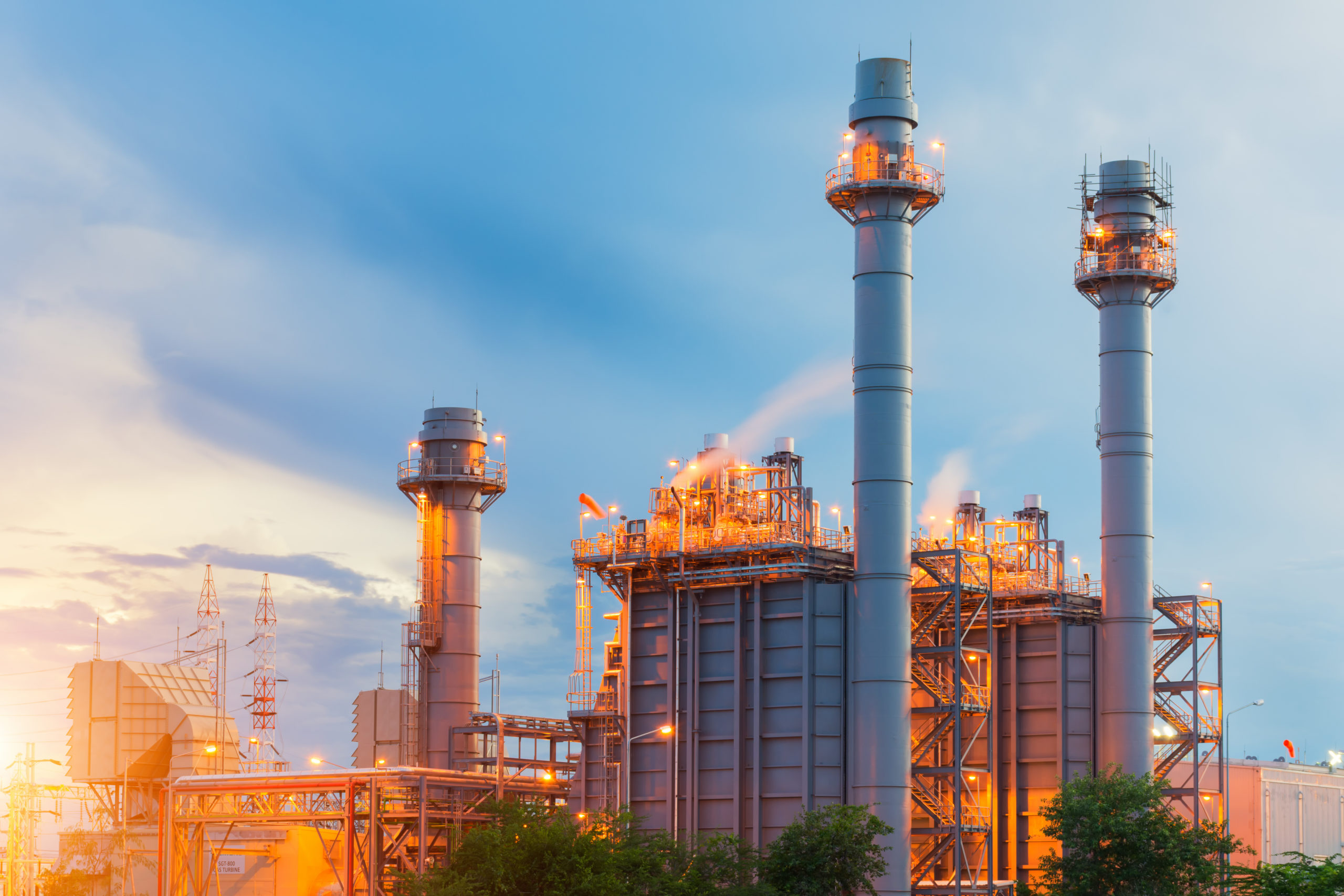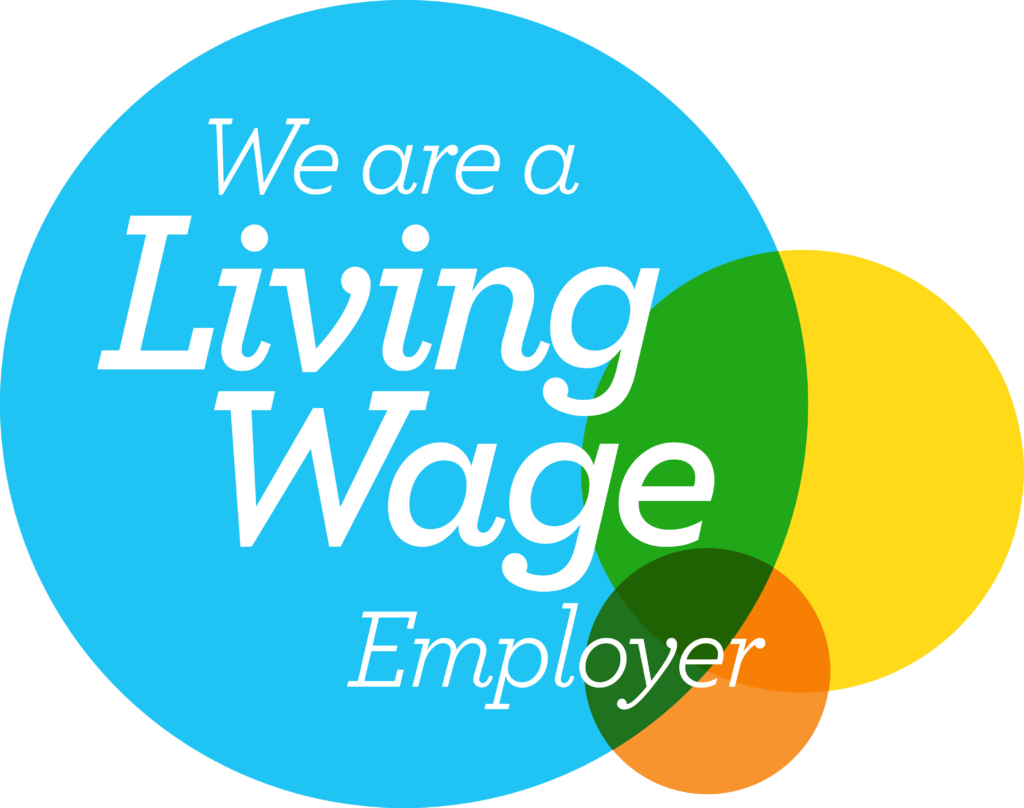NEWS
What is Nord Stream?

Energy prices are skyrocketing. One of the biggest contributors to this is the controversial pipeline, Nord Stream. But what is Nord Stream, and why is it causing UK energy prices to soar?
What is Nord Stream?
The Nord Stream pipeline is a twin pipeline system that runs through the Baltic Sea. Nord Stream 1 connects Vyborg in Russia to Lubmin near Greifswald in Germany through two 1,224km pipes. Each pipe has the capacity to transport around 27.5 billion cubic metres (bcm) of gas from Russia to Germany each year.
The first pipeline began transporting gas in November 2011, with a second beginning to transport gas in October 2012. Both pipes pass through the Exclusive Economic Zones of Russia, Finland, Sweden, Denmark, and Germany and the territorial waters of Russia, Denmark, and Germany.
Who uses the Nord Stream pipelines?
The pipeline is mainly used by EU member countries to supply their gas. The pipes act as the most direct connection between gas reserves in Russia and energy markets within the European Union.
Do the pipes cause environmental damage?
Nord Stream AG has set up monitoring programmes to prevent any environmental damage from their pipes. They regularly test 16 different factors, such as water and air quality, fish and fisheries, and cultural heritage, at around 1000 locations across the entire route of the pipelines.
Due to the pipes passing through Russia, Finland, Sweden, and Denmark, Nord Stream AG have developed five national environmental monitoring programmes. These aim to document the environmental impacts caused by the construction of the pipes as well as the operation of each pipeline. The five different programmes are adapted to fit with each countries environmental policies.
However, there has been a lot of criticism of the pipes due to the potential environmental damage they could cause. Experts have said the pipes could lead to damage due to natural gas, such as methane, leaking through the surface of the pipes into the Baltic Sea.
What is Nord Stream 2?
Nord Stream 2 includes another two pipelines created to help ease the demand on Nord Stream 1. The second set of pipelines would follow the same route of Nord Stream 1 underneath the Baltic Sea, passing natural gas through to Germany from Russia. The pipelines were initially scheduled to be finished by the end of 2019, but the construction wasn’t finished until 2021. The pipes are yet to transport any gas.
The project has been incredibly controversial. In 2020, Environmental Action Germany announced that it would sue to stop the pipes from going into operation over environmental concerns. The US have also frequently imposed sanctions on the companies involved in the construction of Nord Stream 2.
What has happened to the Nord Stream pipelines?
Russia has been slowly reducing the amount of gas it has transported through Nord Stream 1 over the last few months. In June 2022, deliveries of gas through the pipelines were reduced by 75%. Only around 40m cubic metres of gas was transported through the lines each day instead of its capacity of 170m cubic metres per day.
July saw Russia shut down the pipelines for 10 days to allow essential maintenance to be completed. When the lines reopened, the flow of gas was cut in half to about 20m cubic metres a day. After citing problems with their equipment, Russia shut Nord Stream 1 completely in August and it’s not transported any gas since.
Both Nord Stream 1 and 2 were then damaged in September after four leaks were reported in the Baltic Sea and seismologists detected explosions under the sea. The cause of this is unknown.
How does this impact the UK?
A lot of Europe has become reliant on gas being transported from Russia so they can meet their energy needs. EU member states are having to make drastic cuts to ensure that they have enough gas supply to cover the winter months.
While the UK does not have any direct lines for gas from Russia, the increase in demand from Nord Stream being cut off has caused a surge in global prices for gas, hiking up the price in the international gas market. The UK’s single largest source of gas comes from the UK Continental Shelf and most imports to the UK come from Norway.
Contact us
For advice and help with your business’ energy contracts, give our team of experts a call on 0115 648 5655.




